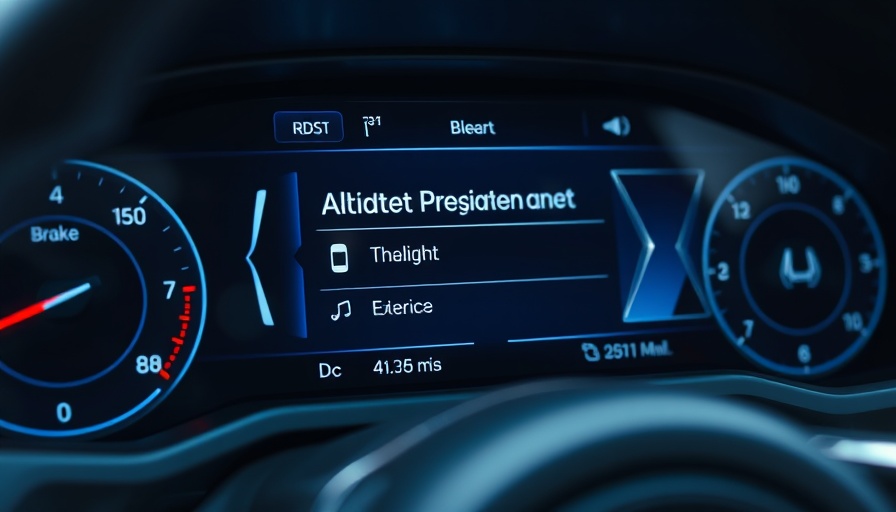
Advanced Driver Assistance Systems: The Future of Road Safety
As vehicles become smarter, the integration of advanced driver assistance systems (ADAS) is reshaping the landscape of road safety. Although full driverless vehicles are still a vision for the future, many new cars today come equipped with technologies designed to assist motorists. This article will explore the real-world benefits of these technologies, including automatic emergency braking (AEB) and crash avoidance systems, while also highlighting their impact on reducing accidents.
Understanding the Basics of Driver Assistance Systems
At its core, advanced driver assistance technology encompasses various automated features aimed at enhancing vehicle safety. These systems include adaptive cruise control, lane departure warnings, and pedestrian detection. Their primary goal is not only to assist drivers but also to intervene when necessary to prevent collisions. Recent studies have shown that AEB systems alone have significantly reduced rear-end crashes, with some new models reporting up to a 52% drop in such incidents compared to older models.
Real-World Benefits of Crash Avoidance Technology
A significant area of focus is how these technologies effectively reduce crashes. Detailed research from the National Highway Traffic Safety Administration indicates that vehicles with AEB systems are less likely to rear-end other vehicles. More specifically, a study revealed that systems equipped with both forward collision warning and automatic braking can cut rear-end crashes in half. What's more, vehicles with advanced systems that detect pedestrians have seen a reduction in pedestrian accidents by 27%.
Why This Matters for Everyday Drivers
The implementation of these technologies offers tangible benefits for the average driver. With the effective use of AEB systems, you can feel a sense of safety knowing that your vehicle can help prevent accidents. Not only do these advancements support safe driving practices, but they also promote greater awareness of surrounding conditions. It's essential for drivers to understand that while these technologies are helpful, they are not a substitute for active driving engagement.
The Future of Automotive Safety
Looking toward the future, the automotive industry is expected to continue advancing these technologies further. Innovations aimed at enhancing vehicle safety will likely include improved algorithms capable of better detecting and responding to both vehicles and pedestrians on the road. With increased collaboration among automakers and regulatory bodies, we can anticipate even safer driving experiences as these systems become standard in new vehicles.
As technology evolves, staying informed about the latest advancements is crucial for any driver. Understanding how these systems work and their benefits can help you maximize your safety on the road. Are you aware of the features your vehicle may offer? Check with your dealership or research online to become familiar with the systems in your car.
 Add Row
Add Row  Add
Add 




 Add Row
Add Row  Add
Add 

Write A Comment